CALISTHENICS EQUIPMENT YOU ABSOLUTELY NEED TO BUY
On this page, you’ll find a list of useful products for practicing calisthenics. Over time, you’ll see that more than one of these accessories will become essential and you won’t be able to train without them. If I had to pick just a few, they’d probably be chalk, parallettes, and weights. Still, none of it would be complete without, for example, a foam roller — I highly recommend it to recover and perform at your best during training. Either way, I’ve been lucky enough to try all these products (not necessarily these brands) and I can honestly say they all become practical at some point, depending on your athletic phase. Good luck with your purchase!
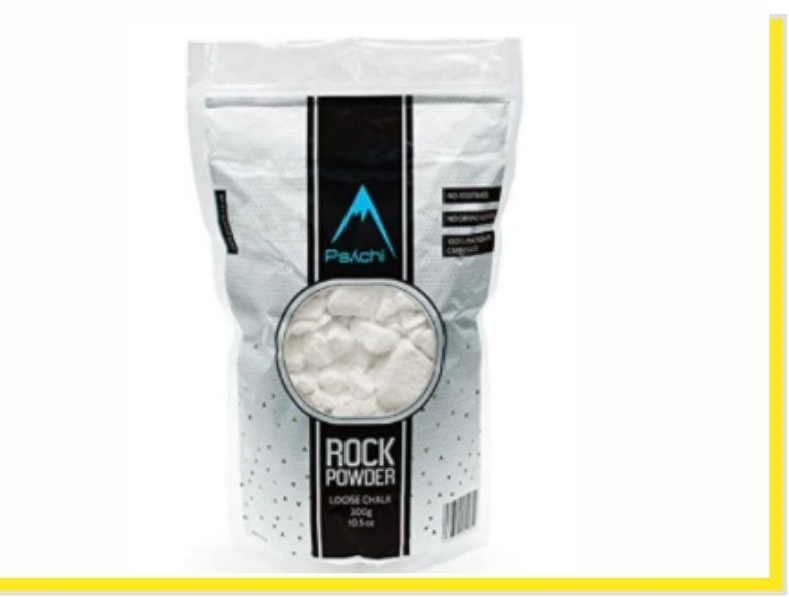
🧤 Chalk Powder for Calisthenics: Improve Your Grip and Avoid Slips
Chalk is used to wipe sweat off your hands and improve grip during workouts. If you want to perform at your best and stay safe, it’s an absolute must-have. Plus, if you use it sparingly, one bag will last you for months. Once you start using it, I guarantee you won’t do a single session without chalk.
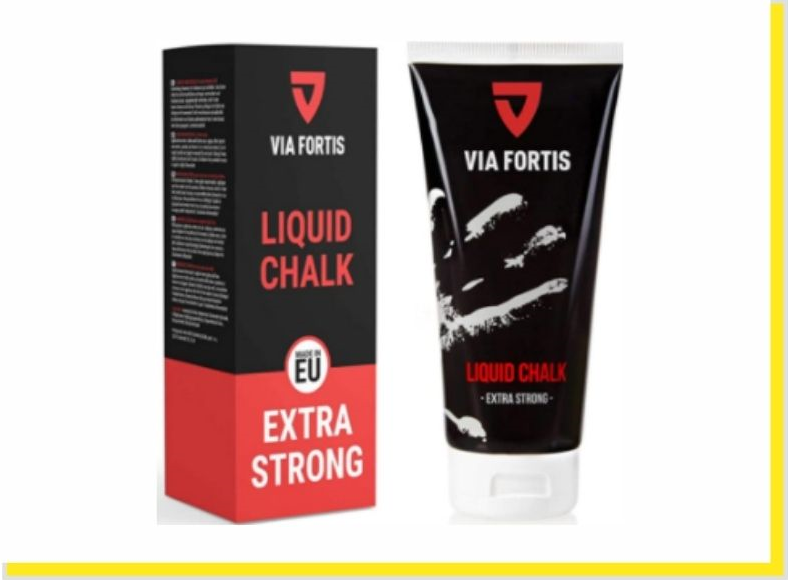
💧 Liquid Chalk: The Clean and Efficient Option for Indoor Training
Liquid chalk serves the exact same purpose as powder chalk — it reduces sweat and improves grip on the bar. However, it’s much cleaner, making it perfect for gyms or indoor facilities where you don’t want to make a mess. Great calisthenics gear if you train at home and want to keep things tidy. Ultimately, the choice is yours.
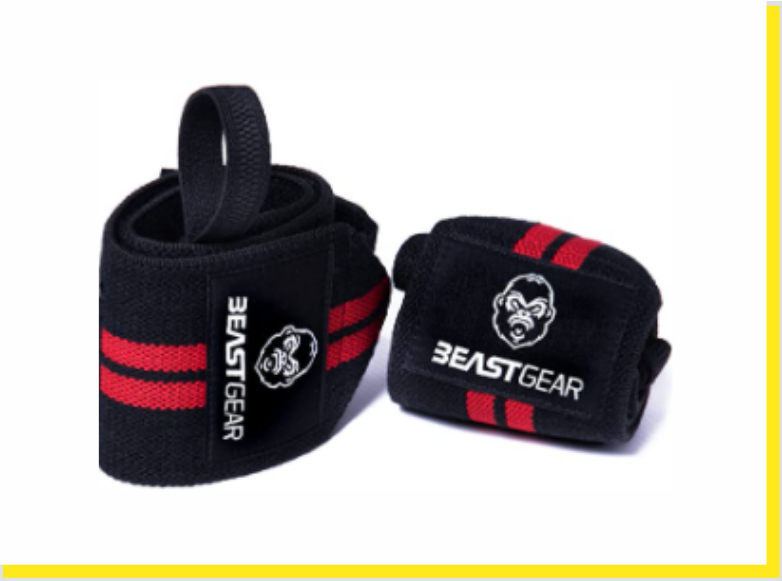
💪 Wrist Wraps for Calisthenics: Protect Your Wrists During Planche and Handstands
Wrist wraps have become really popular lately. They’re incredibly useful for exercises that put a lot of stress on your wrists (handstands, planches, etc.) to prevent injuries and strain. That said, it’s unnecessary to wear them the entire session like some people do — use them only when you really need the support. If you don’t have wrist wraps yet, at this price they should definitely be part of your kit.
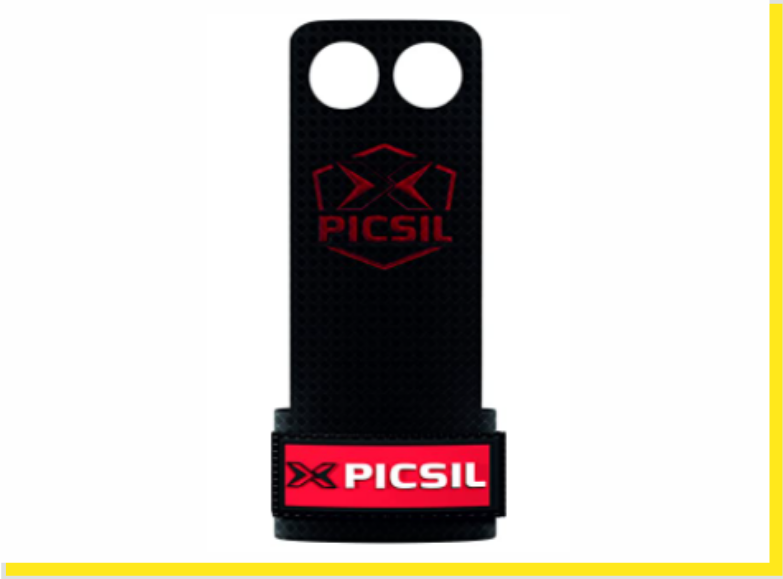
✋ Grips for Calisthenics: Train Without Damaging Your Hands and “Avoid” Calluses
Most of us who train Street Workout eventually get used to calluses sooner or later. But if you’re totally against them, you can use grips to protect your hands from constant friction against the bar. I personally use them when my calluses get really bad and they make the difference between being able to train or having to rest your hands for a few days. They don’t protect you 100% from calluses, so keep that in mind — there will always be some friction.
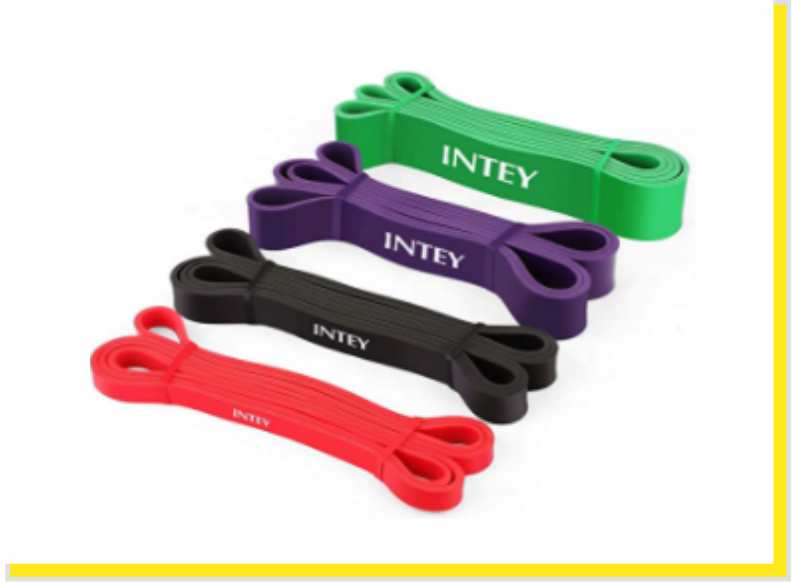
🟢 Resistance Bands: The Key Accessory to Progress in Calisthenics (and Great for Warm-ups)
One of the most important pieces of calisthenics gear. With resistance bands, you can warm up and prepare your body before sessions, do specific exercises with them, and assist in movements that are still difficult to perform unassisted. Their resistance levels (usually color-coded) make it easy to progress over time and always find the right band for your level.
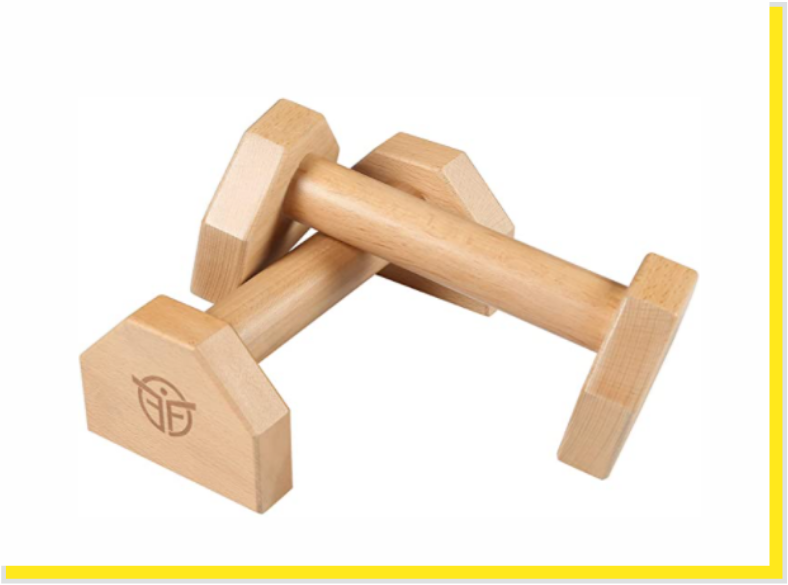
🪵 Small Parallettes: Planche Push-ups and Handstands Anywhere
Parallettes are super useful, especially in this small, portable format that fits in any backpack. They help you improve moves like handstands and planches, reducing wrist strain compared to doing them on the floor. Many pushing exercises can be recreated on parallettes, from basic push-ups to much more advanced variations. I linked a pair of short parallettes similar to what I use, but you can also go for longer ones — honestly, it doesn’t matter much since these provide enough stability for any movement.
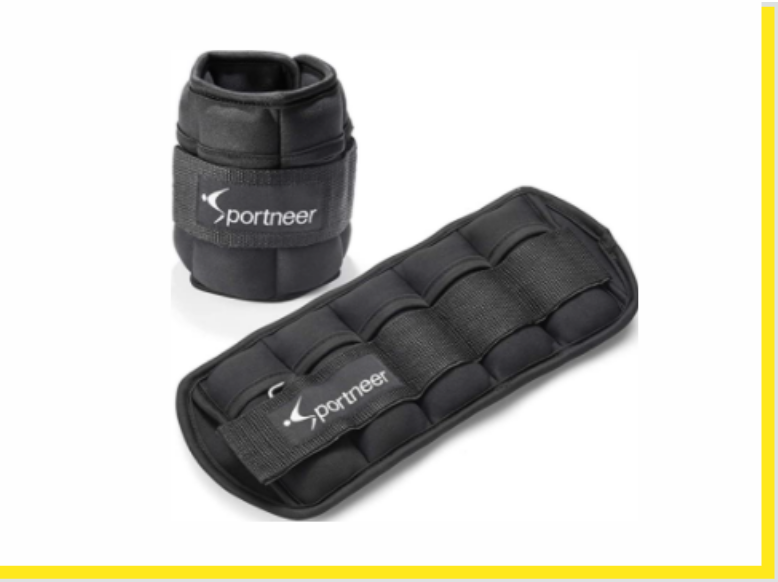
🦶 Ankle Weights: Add Intensity Without the Hassle
Ankle weights are a key product for anyone wanting to add a challenge to their exercises without buying a weighted vest or belt. They might seem light (around 4kg), but used wisely and in the right situations, they’re more than enough to up the difficulty and keep progressing. As you can see in the picture, they’re comfortable, portable, and have adjustable weight. Definitely a must-have for your calisthenics gear.
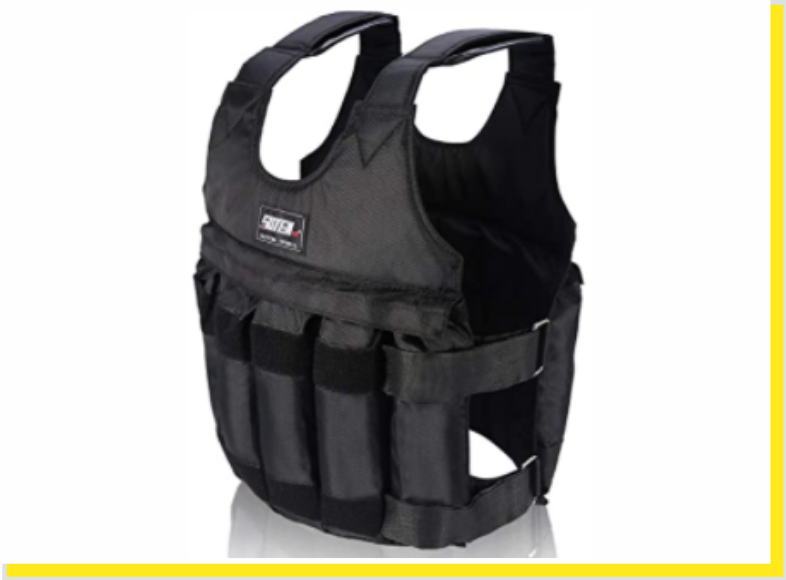
🦺 Weighted Vest: Take Your Pull-ups and Push-ups to the Next Level
A weighted vest is perfect for pushing basic exercises to a higher level. With it, you’ll break through plateaus in classic moves like pull-ups, dips, and push-ups — or even in more advanced exercises. It has pockets for up to +20kg, ergonomic design so you can wear it like a regular backpack, and durable materials for longevity, making it an ideal training companion.
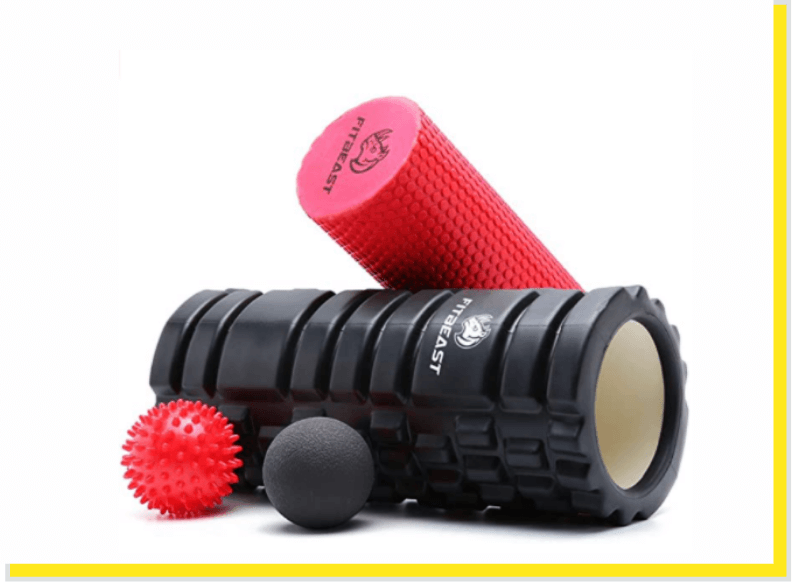
🎯 Foam Roller: Recover Better and Prevent Injuries in Calisthenics
If you haven’t gotten a foam roller yet, don’t wait any longer. It lets you massage and release muscle tension after several training sessions. Trust me, you’ll notice the difference. Using a foam roller improves recovery and performance. How often? It varies, but I usually spend 15 minutes once a week (sometimes more, depending on how sore I am).
This kit also includes other tools like rubber balls or spikes for reaching delicate areas (like the neck).
Other Useful Calisthenics Accessories for Your Training
Besides the gear listed above, there are other accessories that can be very useful depending on your level and goals. Items like gymnastic rings, a pull-up bar for home, training gloves, or even a jump rope for warming up can help complement your routine and work on skills like coordination, mobility, or explosive strength. If you train at home, it’s also wise to have a mat or non-slip pad to cushion impact during dynamic moves. The key is to choose calisthenics gear that fits your space, body, and goals.
As always, if you have any questions about the calisthenics gear I’ve shared or think there’s something new I should add to the list, feel free to leave a comment. Thanks a lot!
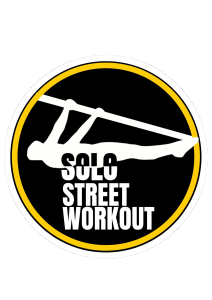
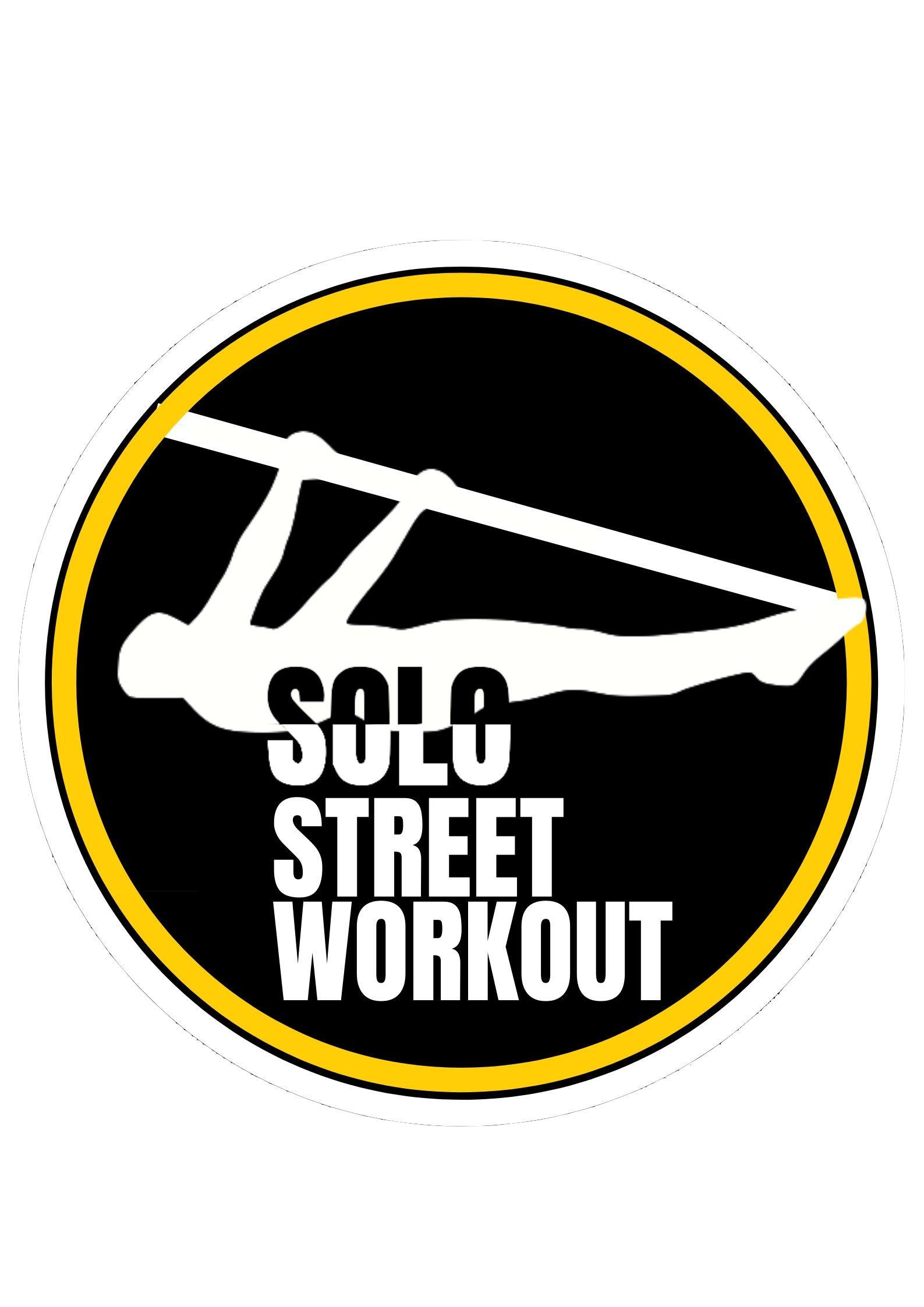
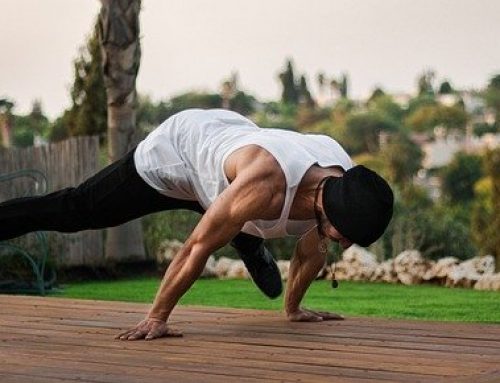
Leave A Comment